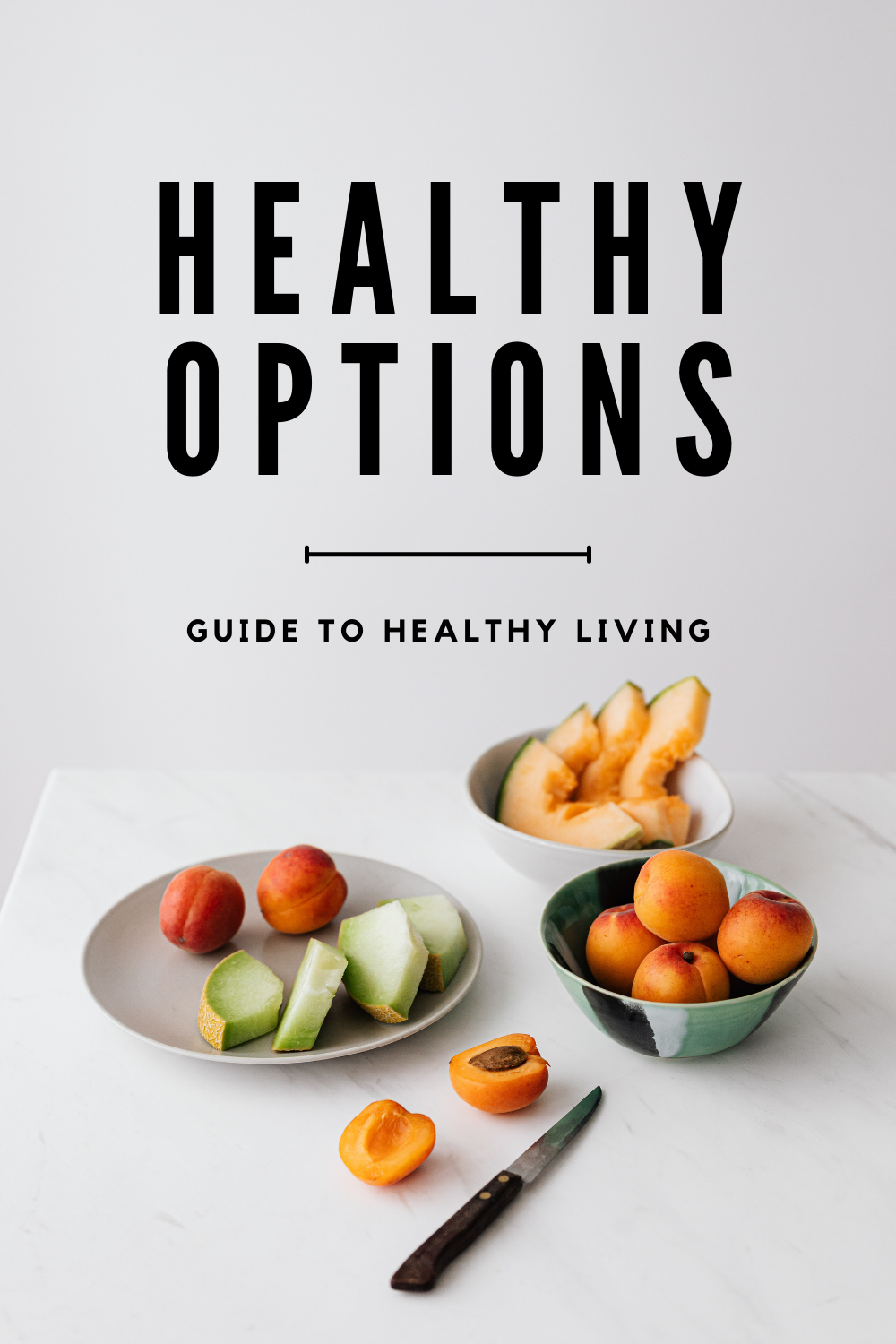A young model has sparked a global conversation with a simple request: make airplane seats wider. The influencer pleads that bodies are changing …


A young model has sparked a global conversation with a simple request: make airplane seats wider. The influencer pleads that bodies are changing …
Introduction: Health insurance remains a cornerstone of the American healthcare system, providing individuals and families with access to essential medical …
Introduction: Insurance is an integral part of life in the United States, providing financial protection against unforeseen events ranging from …

I used to hate cabbage until I tried fried cabbage a few years ago and I really enjoy it now. …

Introduction Avocado, often referred to as “nature’s butter,” is not only a delicious addition to your meals but also a …

Introduction In a world dominated by convenience foods and hectic schedules, maintaining a healthy diet often feels like an uphill …

Philly Cheese Steak Sloppy Joes came together pretty organically and randomly for us. We have had Philly Cheese Steak Grilled Cheese sandwiches …

If you have a claim that has been wrongfully denied or are currently in the claims handling process, it is …

Keeping out of the sun is great for your skin, but what about the Vitamin D deficiency you are going …

Foods high in calcium and vitamin D are especially good for boosting bone density. These are the best known nutrients …